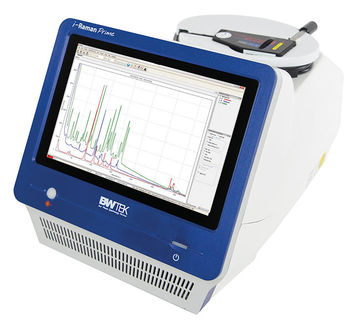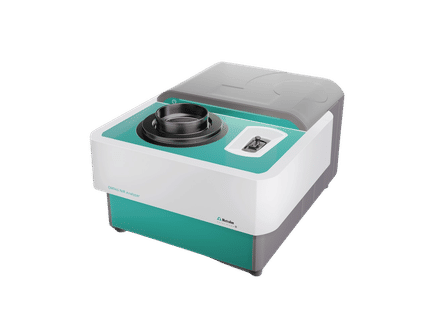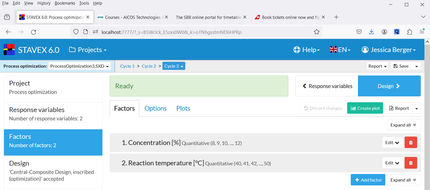The pregnancy category of a pharmaceutical agent is an assessment of the risk of fetal injury due to the pharmaceutical, if it is used as directed by the mother during pregnancy. It does not include any risks conferred by pharmaceutical agents or their metabolites that are present in breast milk.
United States
In 1979, the United States Food and Drug Administration (FDA) introduced a classification of fetal risks due to pharmaceuticals. This was based on a similar system that was introduced in Sweden just one year earlier.
The United States FDA has the following definitions for the pregnancy categories:
| United States FDA Pharmaceutical Pregnancy Categories |
| Pregnancy Category A |
Adequate and well-controlled studies have failed to demonstrate a risk to the fetus in the first trimester of pregnancy (and there is no evidence of risk in later trimesters). |
| Pregnancy Category B |
Animal reproduction studies have failed to demonstrate a risk to the fetus and there are no adequate and well-controlled studies in pregnant women OR Animal studies which have shown an adverse effect, but adequate and well-controlled studies in pregnant women have failed to demonstrate a risk to the fetus in any trimester.
|
| Pregnancy Category C |
Animal reproduction studies have shown an adverse effect on the fetus and there are no adequate and well-controlled studies in humans, but potential benefits may warrant use of the drug in pregnant women despite potential risks.
|
| Pregnancy Category D |
There is positive evidence of human fetal risk based on adverse reaction data from investigational or marketing experience or studies in humans, but potential benefits may warrant use of the drug in pregnant women despite potential risks.
|
| Pregnancy Category X |
Studies in animals or humans have demonstrated fetal abnormalities and/or there is positive evidence of human fetal risk based on adverse reaction data from investigational or marketing experience, and the risks involved in use of the drug in pregnant women clearly outweigh potential benefits.
|
One characteristic of the FDA definitions of the pregnancy categories is that the FDA requires a relatively large amount of high-quality data on a pharmaceutical for it to be defined as Pregnancy Category A. As a result of this, many drugs that would be considered Pregnancy Category A in other countries are allocated to Category C by the FDA.
Australia
Australia has a slightly different pregnancy category system from the United States - notably the subdivision of Category B. The system, as outlined below, was established by the Congenital Abnormalities Sub-committee of the Australian Drug Evaluation Committee (ADEC).
| ADEC Pregnancy Categories (Australia) |
| Pregnancy Category A |
Drugs which have been taken by a large number of pregnant women and women of childbearing age without an increase in the frequency of malformations or other direct or indirect harmful effects on the fetus having been observed. |
| Pregnancy Category B1 |
Drugs which have been taken by only a limited number of pregnant women and women of childbearing age, without an increase in the frequency of malformation or other direct or indirect harmful effects on the human fetus having been observed.
Studies in animals have not shown evidence of an increased occurrence of fetal damage. |
| Pregnancy Category B2 |
Drugs which have been taken by only a limited number of pregnant women and women of childbearing age, without an increase in the frequency of malformation or other direct or indirect harmful effects on the human fetus having been observed.
Studies in animals are inadequate or may be lacking, but available data show no evidence of an increased occurrence of fetal damage. |
| Pregnancy Category B3 |
Drugs which have been taken by only a limited number of pregnant women and women of childbearing age, without an increase in the frequency of malformation or other direct or indirect harmful effects on the human fetus having been observed.
Studies in animals have shown evidence of an increased occurrence of fetal damage, the significance of which is considered uncertain in humans.
|
| Pregnancy Category C |
Drugs which, owing to their pharmaceutical effects, have caused or may be suspected of causing, harmful effects on the human fetus or neonate without causing malformations. These effects may be reversible. |
| Pregnancy Category D |
Drugs which have caused, are suspected to have caused or may be expected to cause, an increased incidence of human fetal malformations or irreversible damage. These drugs may also have adverse pharmacological effects. |
| Pregnancy Category X |
Drugs that have such a high risk of causing permanent damage to the fetus that they should NOT be used in pregnancy or when there is a possibility of pregnancy. |
The subcategorisation of Category B, while offering additional information which may be of benefit in evaluating the risk vs benefit, presents its own problem of data reliability - since human data is lacking or inadequate, the subcategorisation is based on animal data. Furthermore, allocation of a drug in Category B does not necessarily imply greater safety than Category C.
Drugs in Category D are not absolutely contraindicated in pregnancy, unlike Category X. In some cases Category D was assigned to a drug on the basis of suspicion.
Categorisation of selected agents
The data presented is for comparative and illustrative purposes only, and may have been superseded by updated data.
References
- http://www.prn2.usm.my/mainsite/bulletin/sun/1995/sun24.html
- Australian categories
- Sannerstedt R, Lundborg P, Danielsson BR, Kihlstrom I, Alvan G, Prame B, Ridley E. Drugs during pregnancy: an issue of risk classification and information to prescribers. Drug Saf. 1996 Feb;14(2):69-77. PMID 8852521.
|







